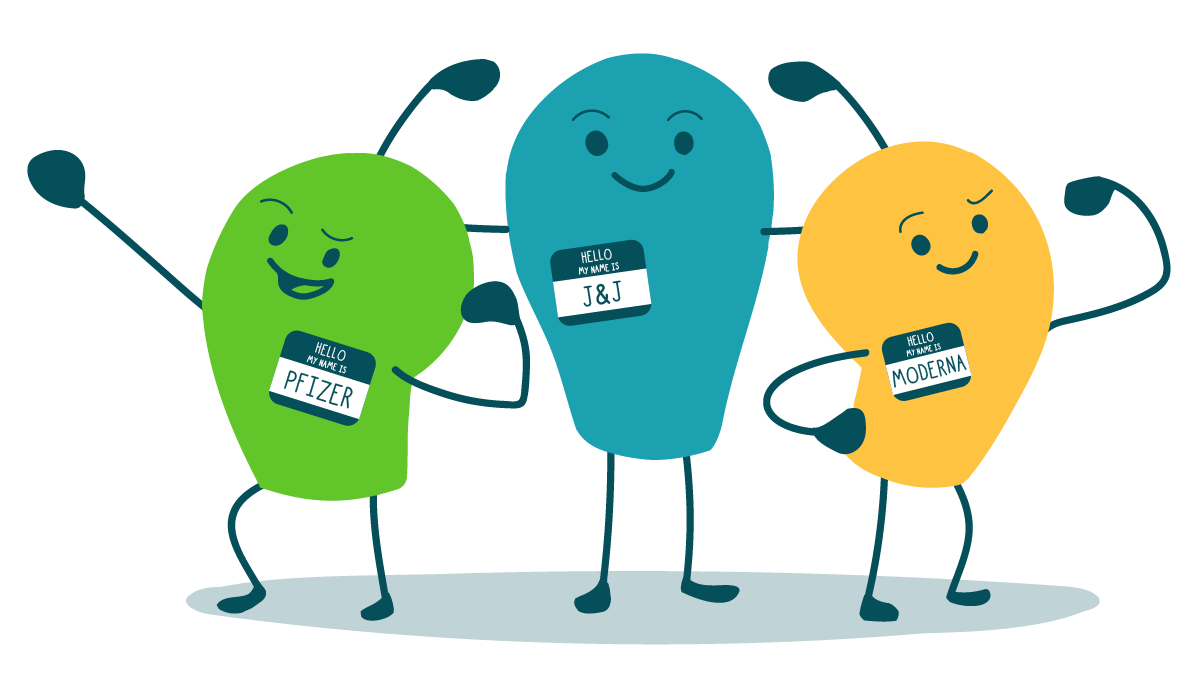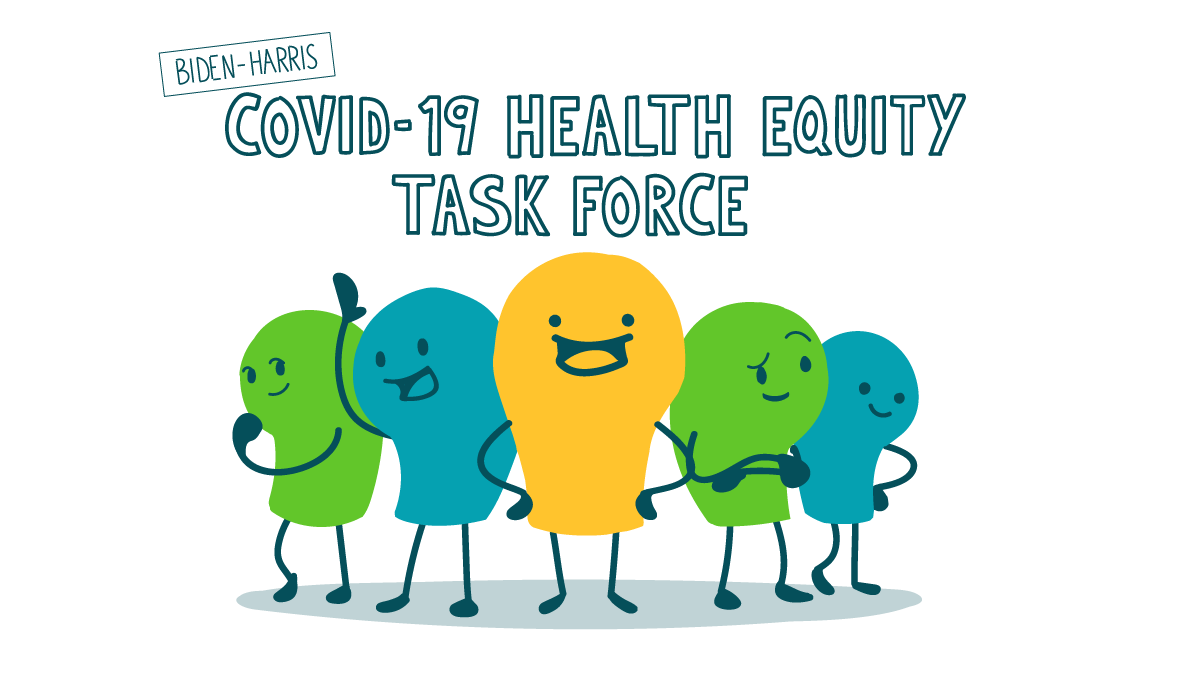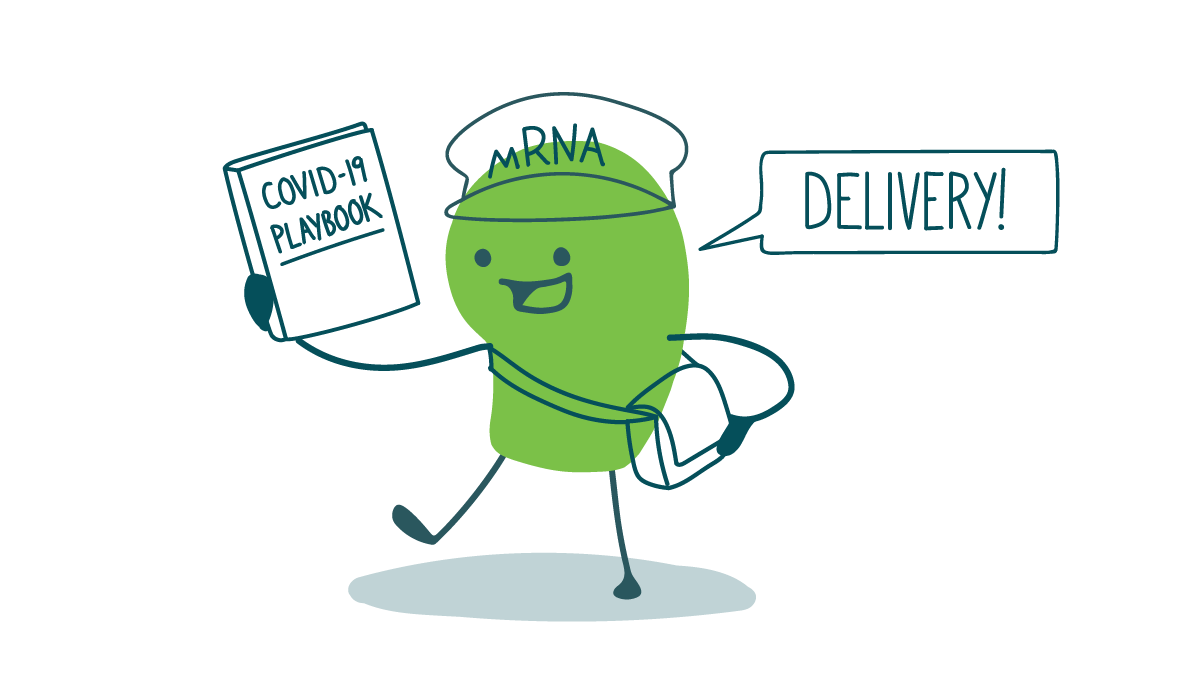
Recently, dear readers, some of you have asked us what to call the coronavirus in health materials. Here at We ❤ Health Literacy Headquarters, we’ve been talking about this a lot.
Let’s dive right in by tackling the low-hanging fruit:
- Skip SARS-CoV-2 (the official name of the virus itself). It’s long and technical — and people may confuse it with the 2003 SARS outbreak. So unless you’re writing for an audience of infectious disease specialists, avoid this term like… the plague.
- Ditch “novel.” Normally, we might swap “novel” for “new” in plain language materials, but “the new coronavirus” sounds a bit like a shiny new car. And at this point, COVID-19 doesn’t feel so novel anyway.
- Never use stigmatizing terms like “the Chinese virus” or “Wuhan coronavirus.” Associating the virus with particular people or places perpetuates harmful stereotypes.
Now that we’ve got those out of the way, it’s down to 2 contenders: coronavirus and COVID-19. So can we all just pick one and call it a day? It’s tricky! These terms may get thrown around interchangeably, but they mean slightly different things:
- Coronavirus is the name for a family of viruses that cause respiratory infections. These infections range from the common cold to more serious illnesses, like SARS.
- COVID-19 stands for “coronavirus disease 2019,” and it’s the official name of the disease in the current pandemic. It’s caused by a specific coronavirus (our old friend SARS-CoV-2).
That said, if you’re making general references to the pandemic, either term works:
- During the coronavirus pandemic, social distancing can help keep people safe.
- During the COVID-19 pandemic, social distancing can help keep people safe.
You may even choose to use both terms in a single material. Both terms are all over the news and social media, so there’s an argument for using the terms your audiences see every day.
If you’re writing something more nuanced, you can use coronavirus to refer to the virus and COVID-19 for specific facts and figures about the disease. For example:
- Experts think this coronavirus may have started in bats.
- Symptoms of COVID-19 include fever, cough, and shortness of breath.
Just make sure to explain somewhere in your material that COVID-19 is the disease caused by this specific coronavirus.
At this point, you may be thinking, “But COVID-19 has all caps and a number! That’s not good for low-literacy audiences.” Good point! Sticking with “coronavirus” for low-lit audiences is a perfectly reasonable choice.
Or you could lose the caps. “Covid-19” and “covid-19” don’t solve the problem entirely, but they can help with readability. And people pronounce the word “COVID” — not the individual letters. (We’ve been following the lead of the World Health Organization and the Centers for Disease Control and Prevention, and they both cap it.)
Still waiting for a clear answer? Well, like you, we’re learning as we go on this one! But we hope these considerations will help you pick the right terms for your audiences and materials.
The bottom line: “COVID-19” and “coronavirus” are often used interchangeably. But there are some important things to consider when you’re choosing which one to use in your health materials.
Browse recent posts


